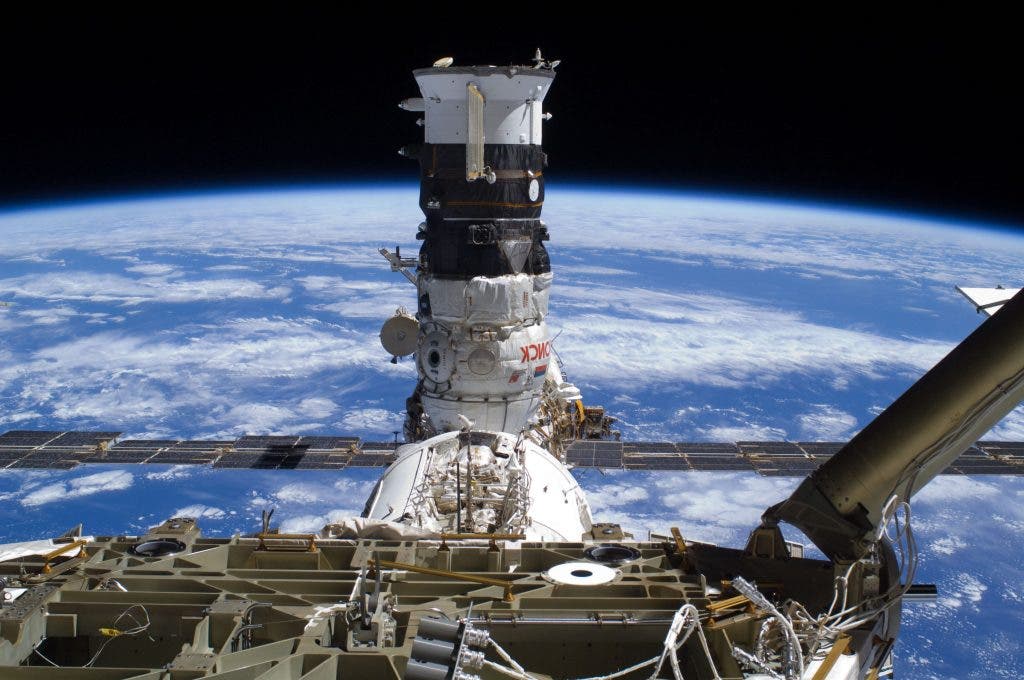When researchers started raising 48 bacteria species aboard the International Space Station, they weren’t really sure what to expect. They wanted to see how the microorganisms would adapt to living in microgravity, but one species hasn’t only adapted – it’s doing better than on Earth.
According to a recent study, Bacillus safensis JPL-MERTA-8-2 – a strain first discovered on one of the Mars Exploration Rovers at the Kennedy Space Center in Florida before they launched in 2004 – grows 60% better in space colonies than on Earth. We don’t really know why this happens.
The biggest difference is, of course, the absence of gravity, but unlike us, microbes aren’t really phased by this change. David Coil, a University of California, Davis microbiologist and lead researcher on the project said in an interview that gravity doesn’t even make much of a difference:
“For an individual bacterium, I don’t think gravity probably makes any difference,” Coil said. “Bugs are pretty small, so gravity is not a major determining factor on their day-to-day metabolism and physiology. At the level of a community of bacteria, however, gravity looks like it does have some influence,” he continued. “My guess is that something like that is going on here, where for this bug [B. safensis], there’s something about less gravity that is favorable to its growth as a community. But to really get at it, you’d want to send that bug back up there under some different conditions and maybe have [the ISS crew] do some more in-depth experiments.”
His theory seems to be confirmed by the other species grown aboard the ISS. The 47 other strains aren’t doing much better in space, but they aren’t doing much worse either. The bacteria seems to be not caring about the microgravity at all and just going about its business.
“We sent up a collection of bugs and most of them pretty much did the same things that they do on Earth,” Coil says. “I find that sort of conceptually reassuring.”
These experiments are important for a few reasons. First of all, we have to know how the micro-environment astronauts are exposed to. These are non-pathogenic strains, and have largely been neglected. The study reads:
“While significant attention has been paid to the potential risk of pathogenic microbes aboard crewed spacecraft, the non-pathogenic microbes in these habitats have received less consideration. Preliminary work has demonstrated that the interior of the International Space Station (ISS) has a microbial community resembling those of built environments on Earth.”
Second of all, we can’t fully cleanse our space shuttles. That means that when a shuttle reaches the Moon and Mars, it will carry along Earth microbes, which will interact with the new environment. This is part of the reason why NASA can’t investigate Martian water – because it could contaminate it.
Journal Reference.










